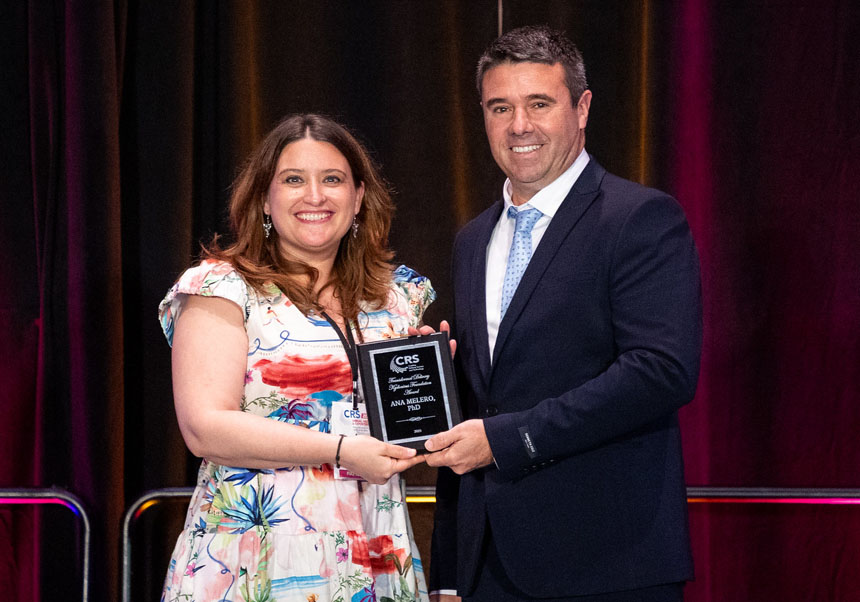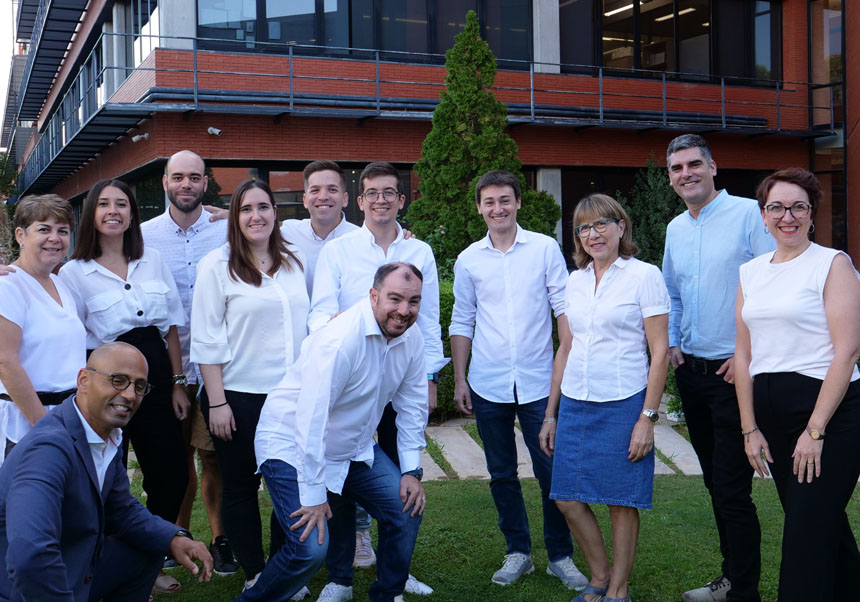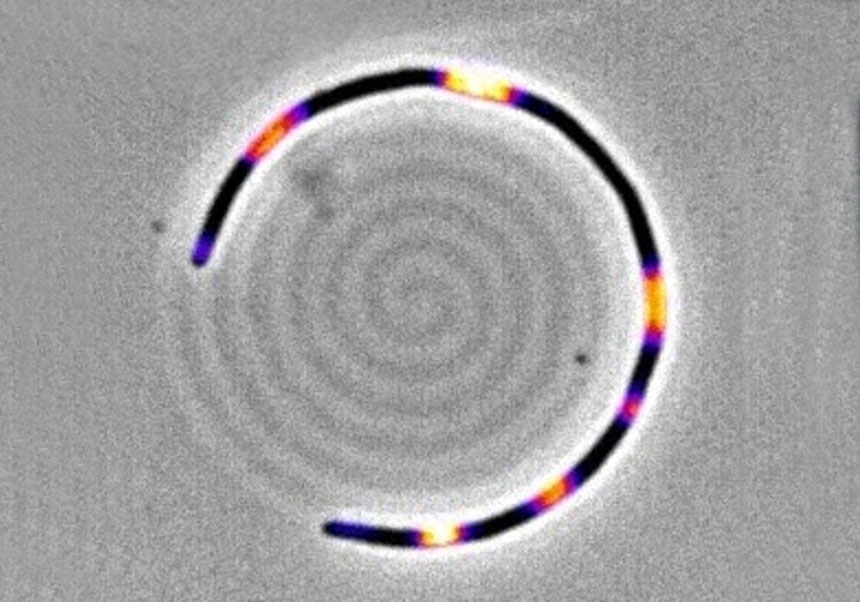Bacteriophages, CRISPR technology and nanotechnology, the best techniques against super-resistant bacteria
- Scientific Culture and Innovation Unit
- March 14th, 2024

Ana Melero, researcher at the University of Valencia (UV) and Juan Aparicio (Complutense University of Madrid), together with other specialists from up to eight European, Asian, Australian and American research centres, conclude that to fight against super-resistant bacteria adapted to current drugs, the best methods are bacteriophages, CRISPR technology and nanotechnology. The work, edited by researcher María José Alonso (CiMUS, from the University of Santiago de Compostela) and published in the journal Drug Delivery and Translational Research, has consulted renowned experts in these techniques, including Richard J. Roberts, winner Nobel Prize in Medicine in 1993.
“The use of bacteriophages (viruses that only infect bacteria and not our eukaryotic cells), CRISPR technology (based on genetic modifications, where Cas proteins can be activated, which allows cutting and destroying the RNA of bacteria and viruses) and nanotechnology are a solution that has increasingly clear evidence against the growing presence of these resistant bacteria”, says Ana Melero, from the Department of Pharmacy, Pharmaceutical Technology and Parasitology at the UV.
According to specialists, the recommended strategies to deal with this problem must be carried out at different levels. Thus, “patient awareness of the situation and measures must be increased to reduce new resistance, reduce current misuse or abuse of drugs, improve the selectivity of treatments and identify new antibiotics, including small molecules and more complex approaches, such as, for example, biological drugs”, explains Juan Aparicio, researcher at the Complutense University of Madrid.
What has led to this situation, they say, has been the misuse of traditional antibiotics (abuse for human use), the massive use of sanitising measures, the excessive use of antibiotics in agriculture or fishing and the incorrect administration or completion of treatments.
In the research, relevant figures in the field of advanced drug delivery systems were interviewed to reduce or avoid antibiotic resistance. They are Claus-Michael Lehr (Saarland University, Germany) and Clive Prestidge and Nicky Thomas (both from the University of South Australia, Australia), along with the aforementioned Richard J. Roberts.
The research explains the barriers that drugs have to cross to reach the area in which they have to act, for example, orally, the acidic pH of the stomach that degrades many drugs. Then, once they reach the area where the bacteria are, they must cross the so-called biofilm, which is a type of gel that is formed when several bacteria form a colony with water, carbohydrates and proteins that they secrete, and which serves as protection for the colony. Once the drugs pass through this biofilm and reach the bacteria, they mainly have to overcome its outer covering.
Specialists from the young scientific committee of the international Controlled Release Society have participated in this perspective work: Chelsea Thorn, Nikhar Viswakarma and Juan Aparicio, and the article originated at the society’s annual meeting. The journal Drug Delivery and Translational Research is associated with the CRS. The editor of this article is Mª José Alonso (National Research Award, Jaume I Award).
Article reference: Aparicio-Blanco, J., Vishwakarma, N., Lehr, C. M. et al. «Antibiotic resistance and tolerance: What can drug delivery do against this global threat?». Drug Deliv. and Transl. Res. (2024). https://doi.org/10.1007/s13346-023-01513-6
















